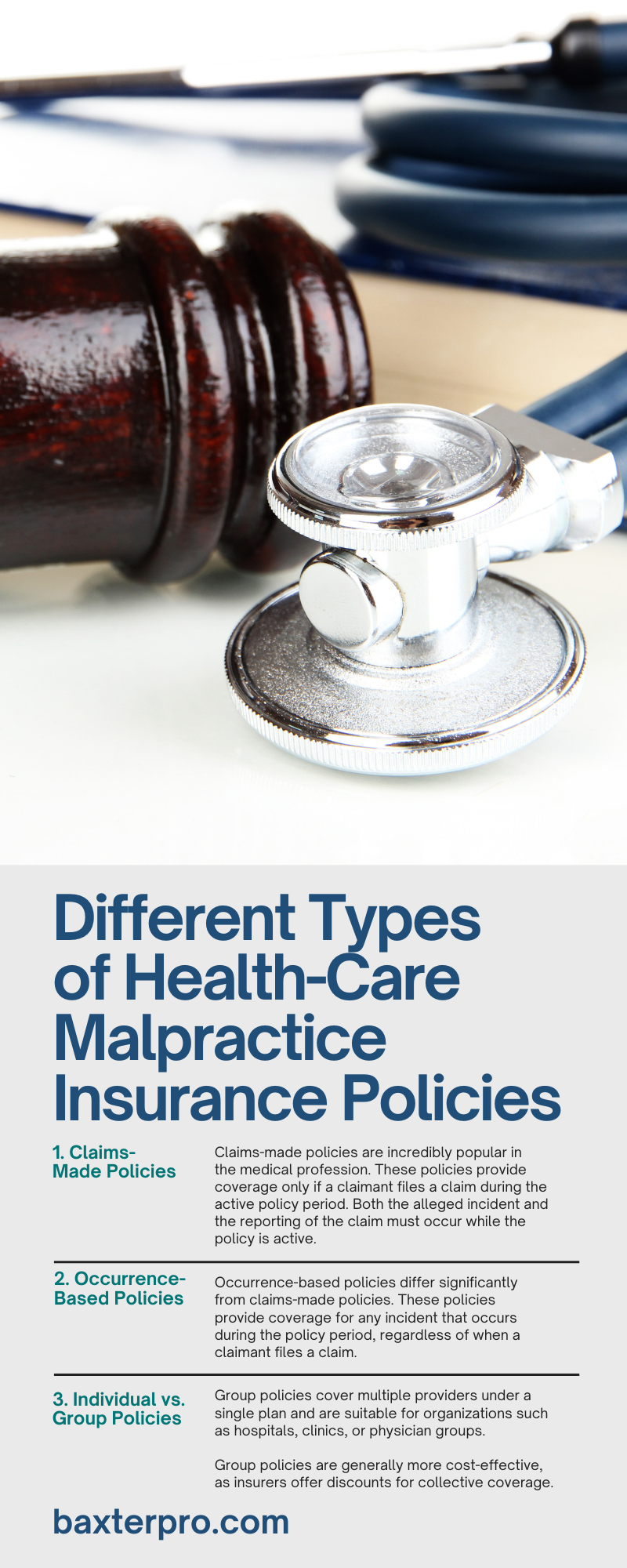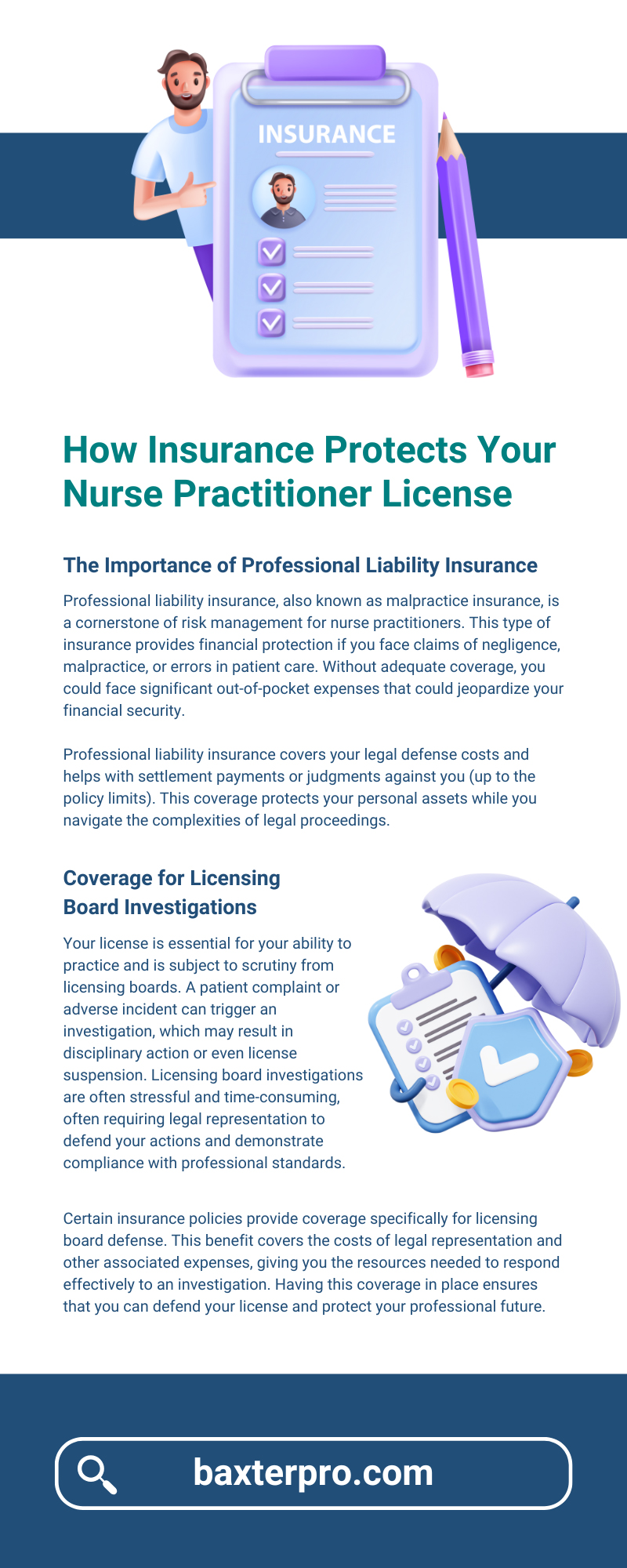The landscape of chiropractic care continues to evolve due to changing legal requirements, significantly impacting malpractice insurance. As new regulations emerge, chiropractors must stay informed to ensure compliance and adequate coverage.
How legal changes affect chiropractic malpractice insurance is crucial for understanding risk management, cost implications, and coverage adjustments. Chiropractors who proactively adapt to these changes can protect their practice, finances, and professional reputation.
Legislative Trends and Their Impact on Chiropractic Malpractice Insurance
New legislation frequently influences the healthcare industry, including chiropractic practices. Government policies at the federal and state levels dictate malpractice insurance requirements, affecting coverage limits, premiums, and liability considerations. These changes arise from legal precedents, public health initiatives, and evolving standards of care.
Some states have introduced stricter requirements for malpractice insurance coverage, increasing minimum coverage limits to protect patients. While these measures enhance patient protection, they also increase insurance costs for chiropractors.
Additionally, some jurisdictions are revising tort laws, altering how the legal system handles malpractice claims. Changes in the statute of limitations, burden of proof, or damage caps can shift the risk landscape for chiropractic professionals.
Understanding legislative trends helps chiropractors navigate potential risks and ensure compliance. Working with an insurance provider that stays current with regulatory changes is essential for securing the right coverage. Chiropractors who remain informed can proactively adjust their insurance policies to align with new legal requirements.
Increased Litigation and Liability Concerns
Malpractice claims against healthcare providers and chiropractors remain a cause for concern. Changes in litigation patterns and legal precedents have expanded the scope of liability, affecting malpractice insurance policies. Increased awareness of patient rights and legal recourse has contributed to this trend, prompting insurance providers to adjust policy terms and premium rates.
Chiropractors must take proactive steps to minimize liability exposure. Implementing thorough patient documentation, obtaining informed consent, and adhering to evidence-based treatment protocols can reduce the likelihood of claims. Maintaining clear communication with patients about treatment plans and potential risks also enhances transparency and trust.
Legal changes often dictate the malpractice claims process, affecting the cost and availability of insurance. Chiropractors who stay updated on litigation trends and adjust their risk management strategies accordingly can maintain financial stability while ensuring continued patient care.
Changes in Scope of Practice Regulations
State boards and regulatory agencies periodically revise scope of practice regulations for chiropractors. These modifications can impact the types of treatments permitted, referral requirements, and collaboration with other healthcare professionals. Changes in scope of practice laws directly influence malpractice insurance coverage by redefining the risks associated with chiropractic care.
For example, expanded practice rights, such as the ability to perform certain diagnostic tests or prescribe specific treatments, may require additional insurance coverage. Conversely, restrictions on certain procedures may shift liability concerns. Chiropractors must understand how these regulatory updates affect their practice and adjust their insurance policies accordingly.
Collaborating with a knowledgeable insurance provider ensures chiropractors secure appropriate coverage for their permitted scope of practice. Reviewing policy terms and discussing regulatory changes with industry experts can help chiropractors avoid coverage gaps and potential legal challenges.
Insurance Premium Adjustments Due to Legal Reforms
Legal changes significantly impact the cost of chiropractic malpractice insurance. When new laws introduce higher coverage requirements or expand liability exposure, insurance companies adjust premiums accordingly. Understanding these costs allows chiropractors to make informed decisions about their insurance policies.
Some states have implemented tort reform measures to limit excessive malpractice awards, lowering insurance premiums. However, insurers may raise premiums in regions with increasing litigation rates to offset potential claim payouts. Chiropractors must evaluate how legal reforms affect their geographic area and insurance needs.
Chiropractors should explore policy options that balance coverage and affordability to manage rising insurance costs. Comparing different providers, considering risk management training discounts, and selecting appropriate coverage limits can help practitioners secure cost-effective malpractice insurance.
Emerging Technology and Its Legal Implications
Technology advancements have introduced new legal considerations for chiropractors. The increased use of telehealth services, digital recordkeeping, and electronic communication has changed how healthcare organizations deliver patient care. While these innovations enhance efficiency, they also introduce unique liability risks that impact malpractice insurance.
Regulatory bodies continue establishing guidelines for telehealth consultations, informed consent procedures, and data security compliance. Chiropractors who adopt these technologies must ensure their malpractice insurance policies cover potential risks associated with remote care. Additionally, compliance with HIPAA and other data protection regulations is essential to prevent legal issues related to patient confidentiality.
Insurance providers have offered specialized policies addressing emerging risks in chiropractic care. Chiropractors should assess whether their current coverage accounts for digital liability concerns and make necessary adjustments to mitigate potential legal challenges.
Strategies for Staying Compliant with Legal Changes
Navigating legal changes requires a proactive approach to compliance. Chiropractors should prioritize continuing education, consult legal professionals, and maintain open communication with their insurance providers to stay ahead of regulatory shifts.
Regularly attending industry conferences, participating in professional associations, and staying informed through legal updates can help chiropractors adapt to new laws. Implementing comprehensive risk management strategies, such as patient safety protocols and thorough documentation practices, reduces malpractice exposure.
Working closely with an insurance provider specializing in chiropractic malpractice coverage ensures that policies align with current legal requirements. Chiropractors who stay vigilant and adaptable can protect their practice while delivering high-quality patient care.
The Role of Continual Education in Managing Legal Changes
Continuing education is vital in helping chiropractors manage the impact of legal changes on malpractice insurance. Many states require chiropractors to complete ongoing education to maintain their licenses, and these courses often cover legal and regulatory updates. Staying informed about new laws and best practices helps chiropractors mitigate risks and enhance patient safety.
Specialized risk management and ethics training provide chiropractors with the knowledge to avoid common malpractice pitfalls. Courses on documentation standards, patient communication, and informed consent processes can reduce the likelihood of legal claims. Additionally, keeping up with emerging treatments and technological advancements ensures that chiropractors comply with evolving industry standards.
Chiropractors should seek continuing education programs that address clinical skills and legal aspects of practice management. Collaborating with industry associations and insurance providers for tailored training opportunities can help protect practitioners from legal exposure. By prioritizing ongoing learning, chiropractors strengthen their professional expertise while reducing malpractice risks.
Baxter & Associates: Secure a Chiropractic Malpractice Insurance Quote
How legal changes affect chiropractic malpractice insurance is a critical consideration for practitioners aiming to protect their business and reputation. Legislative trends, litigation patterns, scope of practice modifications, insurance premium adjustments, and technological advancements all influence malpractice coverage requirements. Chiropractors must stay informed and proactive in adapting to these changes to ensure they maintain appropriate coverage.
Securing a chiropractic malpractice insurance quote from Baxter & Associates will help practitioners evaluate and adopt policy options that align with legal requirements and financial considerations. By remaining compliant and adjusting insurance policies, chiropractors can continue providing safe and effective care while minimizing liability risks.


















